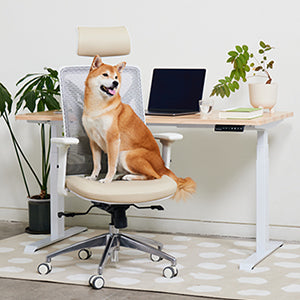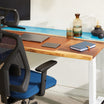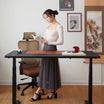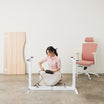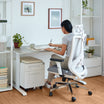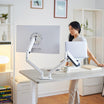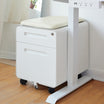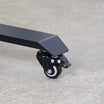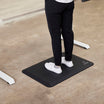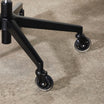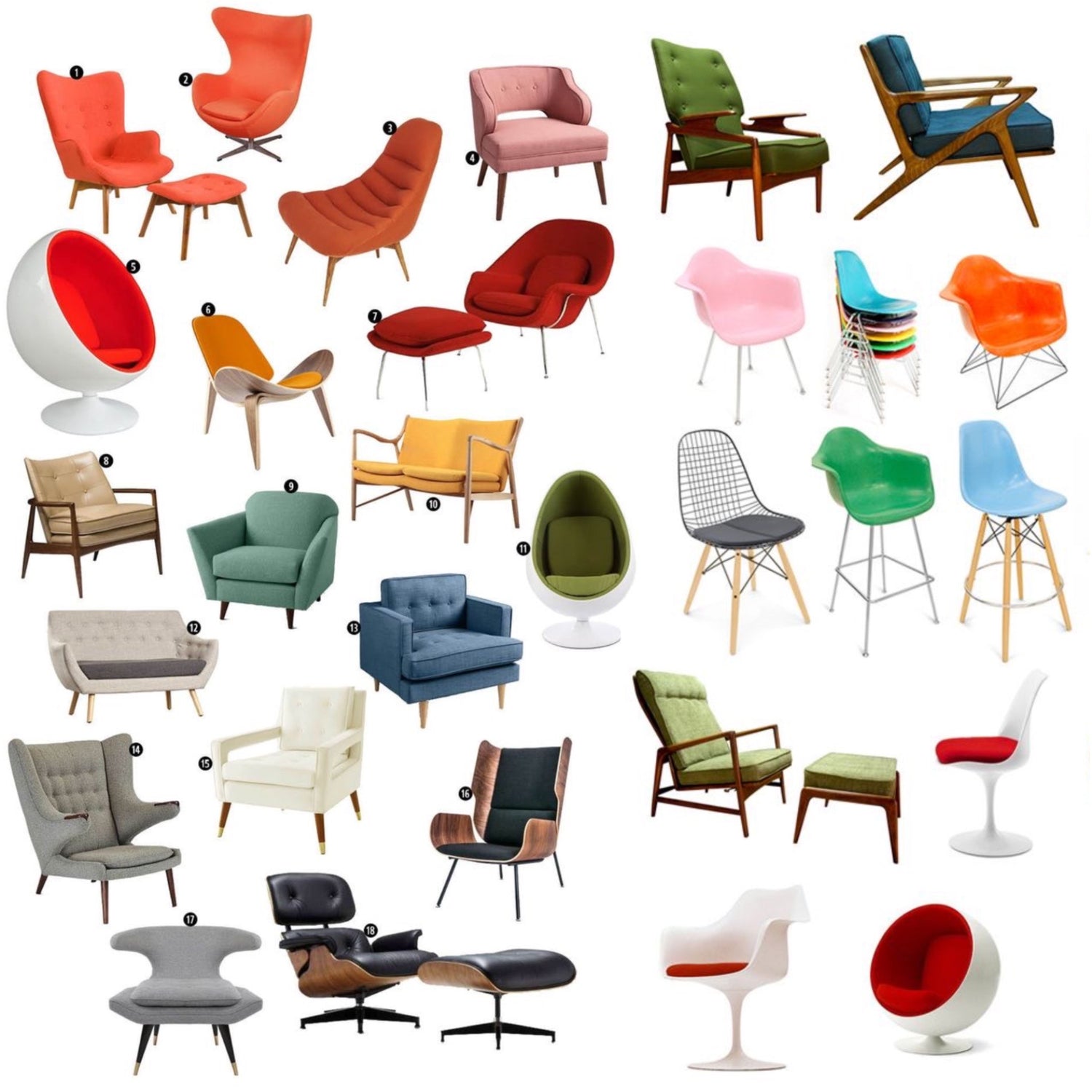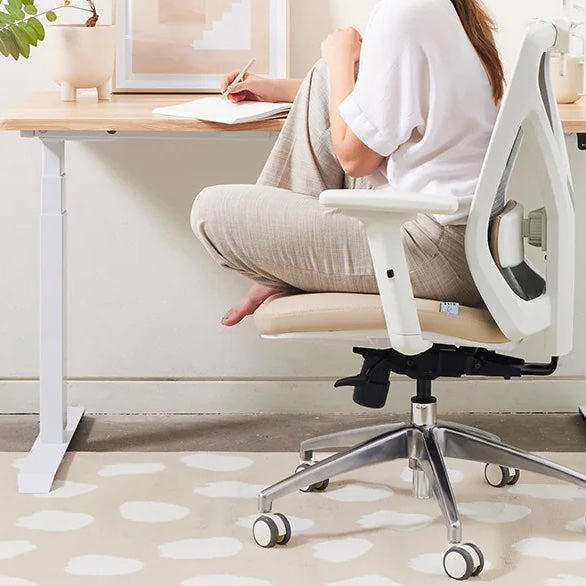5000 years of history have led to the innovation that is the ergonomic office chair.
What is the history of the chair? What is the origin of ergonomics?
Tracing the evolution of chairs throughout human history has a unique quality, noted by writer and historian Witold Rybczynski.
“An old model of a chair can be just as useful as it ever was, and that really sets it apart from most or at least many technologies, like, say, a smartphone, which changes every year. An old smartphone in 20 years will be just a curiosity. It won’t have any functional purpose.”
– Witold Rybczynski

Unlike other types of technology which have undergone total transformative changes at every level throughout the years, a chair from any time, and any place, can still fulfill its purpose today.
This makes the history of the chair to be less of an evolutionary path, and more of a cultural one. The elements that inform the form and function of chairs throughout time are not out of evolutionary necessity from a changed way that we sit. What is changing is our values, our tastes, and the things we hold dear. It is these pillars that form the legs of our chairs, and their evolution that drive the way our chairs have changed over the years. This understood, we will now be able to start at the very beginning of chairs, and follow their lineage to our modern day, where the ergonomic office chair is more than a simple utilitarian furniture piece.
When was the first chair invented?

The Cycladic Islands in the Aegean Sea, 2,800 - 2,700 B.C. Perhaps not a physical chair, but a sculpture of one is the first historical record that chair historians can find of a man-made model. The sculpture is a figurine, who is a musician sitting down while playing the harp. The musician appears to be sitting on what looks like a typical dining chair that you would see today, with four straight legs and a matching straight back. At the time of the sculpture’s production, sitting was reserved only for the elite, as a symbol of heightened status. Ancient Egyptians allowed different types of sitting according to one’s social class, with the general populace sitting on the ground or stools, and only the highest order of people given the privilege of sitting on chairs with backs or armrests.

A different sitting order sprouted in the fifth century B.C. in Greece with the invention of the klismos, which was an early appearance of the type of ornate stylings that later appeared in the 18th century in France and China. This type of chair featured a curved backrest and curved legs, and did not discriminate between classes, available for every type of potential sitter. It was not a throne, but a unifying democratic chair, mirroring the democracy of the Ancient Greek and Roman societies of the time.

“Virtually everybody is sitting in a klismos chair. We have women, men, gods, and clearly important people, musicians, workers.”
The social stratification of the seat had its resurgence in the Middle Ages. People that were ordinary had fewer possessions, and possessed little furniture, leading them to sit on whatever was available to them. This included benches, barrels, and the ground. Only very important people had access to chairs with arms and backs, this dynamic richly captured by the Flemish painter Pieter Bruegel the Elder in his work, which depicted the truths of peasant life. The back and forth movement of the involvement of social class with the discrimination of sitting, from democratic to hierarchical customs, occured repeatedly throughout history.

It is believed that the office chair we know today originated more than two centuries ago in the 1840s, when Charles Darwin attached some legs and wheels to his chair so that he could manoeuvre around his workspace to access his specimens more easily. The wooden arm chair on wheels was the start of something much bigger, adapting our furniture to serve our needs and aid our jobs.

Business began expanding with the introduction of rail transport in the mid-19th century, and more staff were needed to run operations. An increased number of clerical workers became a part of the work model, all of which spent a great deal of time sitting every day. A new system for improved comfort while working while seated all day was necessary, and so in 1849, the American inventor Thomas E. Warren stepped up. He designed the Centripetal Spring Armchair, which used a swivel mechanism and castors to enable workers in an office to reach things, turn, and move around without having to completely stand up and out of the chair.

Designers began to tap into the power of modern ergonomics during the 1970s. The Vertebra Chair, designed by Emilio Ambasz and Giancarlo Piretti, was created using the motif and structure of the human spine, and was one of the very first seating solutions on the market that was automatically adjustable to the human form.

Herman Miller, in 1976, launched the Ergon Chair, which we now know as a pioneering product of task chair design. It was the first chair to be designed to improve comfort for the sitter, while sustaining the sitter’s physical health and posture. The seat and back were filled with foam, and the back sported more complex spine support than ever seen before in a chair. It was adjustable through gas-lift levers which controlled the height and tilt, and the five pronged legs traveled smoothly with easy-glide castors on each prong. Stumpf, the designer of the Ergon Chair, pushed the envelope on ergonomics, bending the rules that were truthfully counterproductive to comfort and utility. Chairs rarely lowered any less than 18” from the floor across all furniture companies, but the average woman’s leg was 16” from thigh to the floor, so this was corrected in the new ergonomic wave.

The 1990s tech boom brought forth an evolved office chair design which had the premise of providing not what the eye wants to see, but what the body needs to function. Notable features of the Herman Miller Aeron included the reactive tilt, and the mesh back that helps to support the user’s posture, and regulate body temperature.

The evolution of office chair design followed the evolution of our culture. A bulletproof chair was released in 2013 following the cultural shock of the devastating Sandy Hook attack, and the Steelcase Gesture Chair was a breakthrough in terms of setting a precedent for the form of the ergonomic chair we know and improve upon today. The Gesture Chair was created to study how people use their workspaces throughout the day, and 9 new unknown postures were found, planting the seed for new technologies to make sure that workers are supported and kept healthy in these postures.

Today, ergonomic furniture companies are producing chairs with the highest level of technology as it is being created, with ergonomics no longer a new trend but a well established religion for many. Canadian startup RISEDESK has two fantastic models of ergonomic office chairs, which each in their own right act as paragons of comfortable office life, with more adjustable features than ever seen before in a like product.

Chairs have come a long way from logs, barrels, and spring-loaded velvet seats, and they have only evolved to be more comfortable, more accessible, and more accommodating to our everyday tasks. With the current corporate model seating the majority of employees at desks for the duration of their working hours, it is vital that your chair has the proper features to support you, and keep you healthy.
The nature of our chairs changed with the evolution of human nature. The values of the people in the time are what construct and shape the chairs, so make sure that your chair is aligned with your values today. When you have the choice, make sure that you rise.

